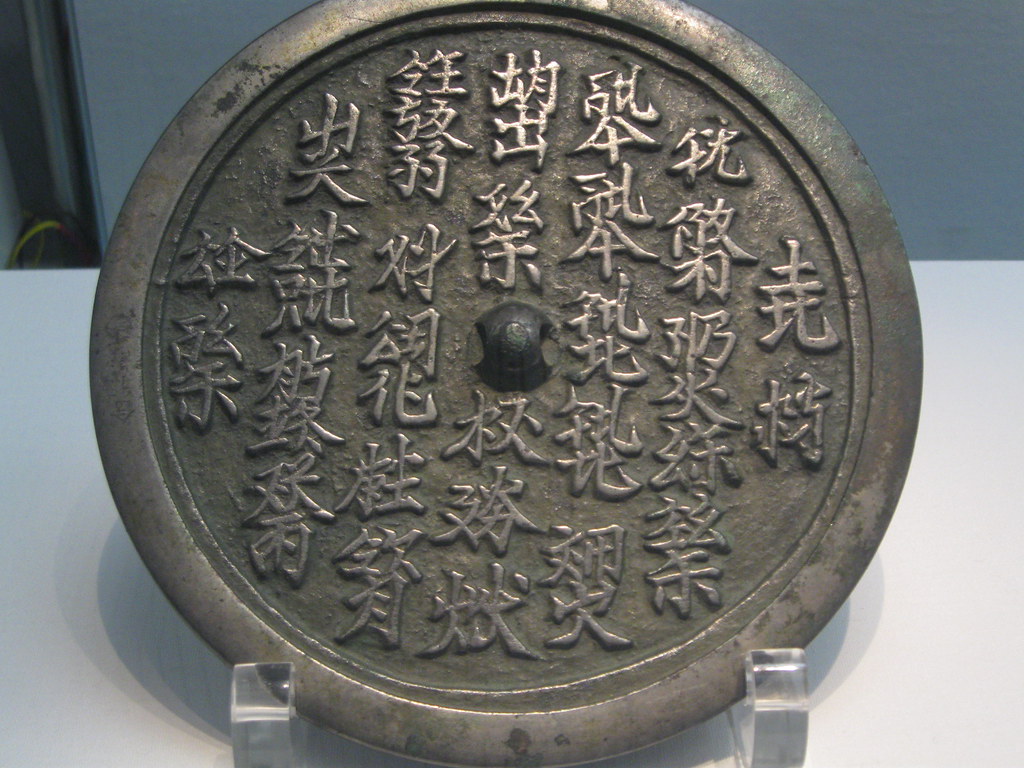The World’s Greatest Literary Enigma – The Voynich Manuscript
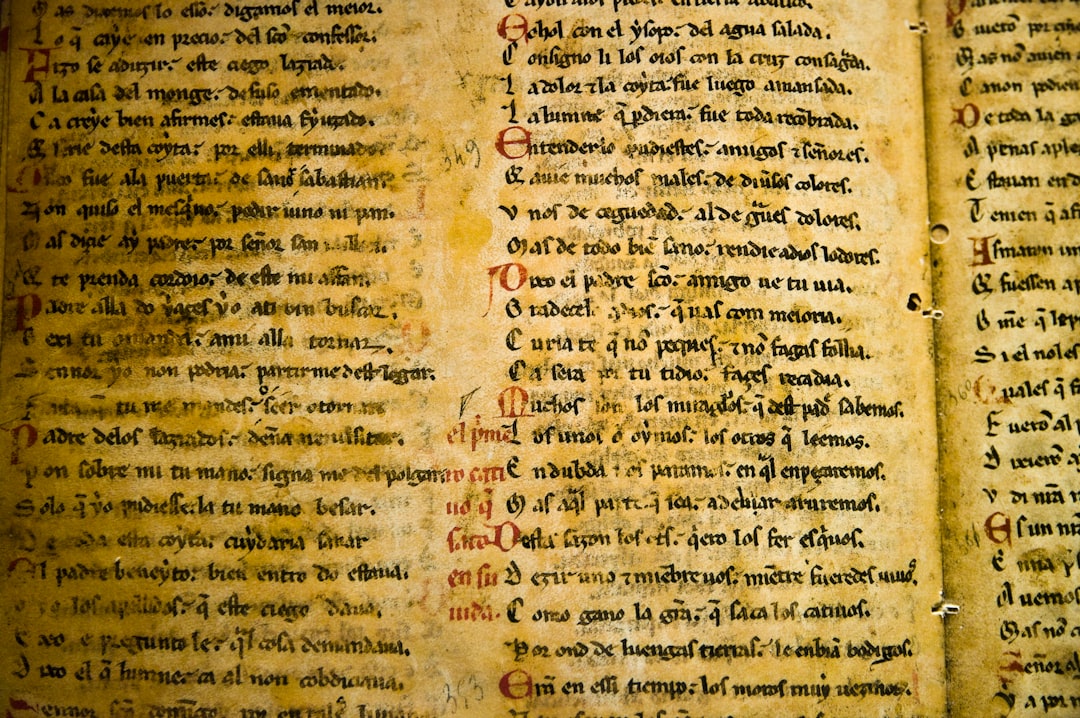
Hidden in Yale University’s Beinecke Rare Book & Manuscript Library lies what many consider the most mysterious book ever discovered. Many call the fifteenth-century codex, commonly known as the “Voynich Manuscript,” the world’s most mysterious book. Written in an unknown script by an unknown author, the manuscript has no clearer purpose now than when it was rediscovered in 1912 by rare books dealer Wilfrid Voynich. Picture this: over 240 pages filled with bizarre botanical illustrations, naked women bathing in green pools, and astronomical charts that look like something from another planet. The vellum on which it is written has been carbon-dated to the early 15th century (1404–1438). But here’s the kicker – despite being studied by World War II codebreakers, FBI agents, and countless scholars for over a century, nobody has cracked its code. In September 2024, multispectral scans of ten selected pages were made public, revealing details unseen with visible light.
Easter Island’s Sacred Scripts – The Rongorongo Mystery
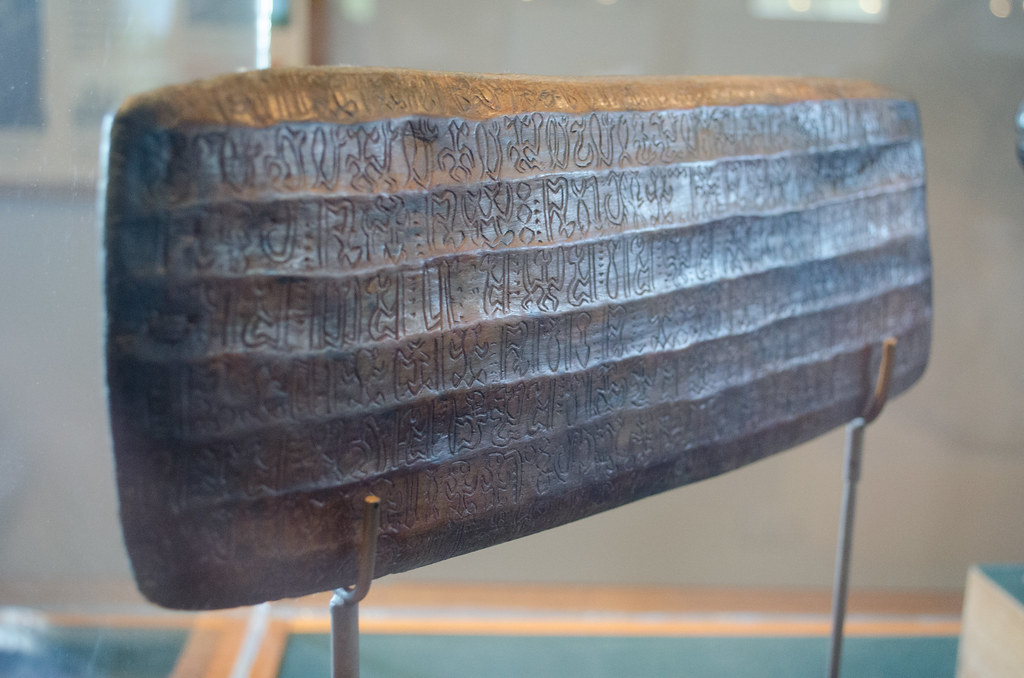
Imagine discovering a writing system on one of the world’s most isolated islands that predates European contact by centuries. Although Rongorongo remains undeciphered, efforts to understand it continue. For example, in February 2024, researchers published results from radiocarbon dating of four wooden tablets inscribed with Rongorongo writings. One of these tablets was made from a tree that was cut between 1493 and 1509 AD, at least 200 years before foreigners arrived on the island. The Rongorongo script of Easter Island is like finding hieroglyphs carved by aliens. The Rongorongo writing was first discovered by Eugène Eyraud, a lay friar of the Roman Catholic Church, who went to Easter Island as a missionary on January 2, 1864. In an account of his visit, he wrote of his discovery of 26 wooden tablets containing the unusual inscriptions written un undeciphered codes. Despite the significance of this discovery, the rongorongo script remains undeciphered, adding to its mystique and intrigue. Over 400 distinct glyphs have been identified among approximately 15,000 characters found on the surviving rongorongo artifacts. What makes this even more mind-blowing is that most of these tablets were used as firewood before anyone realized their importance.
The Ancient Greek Puzzle – The Phaistos Disc
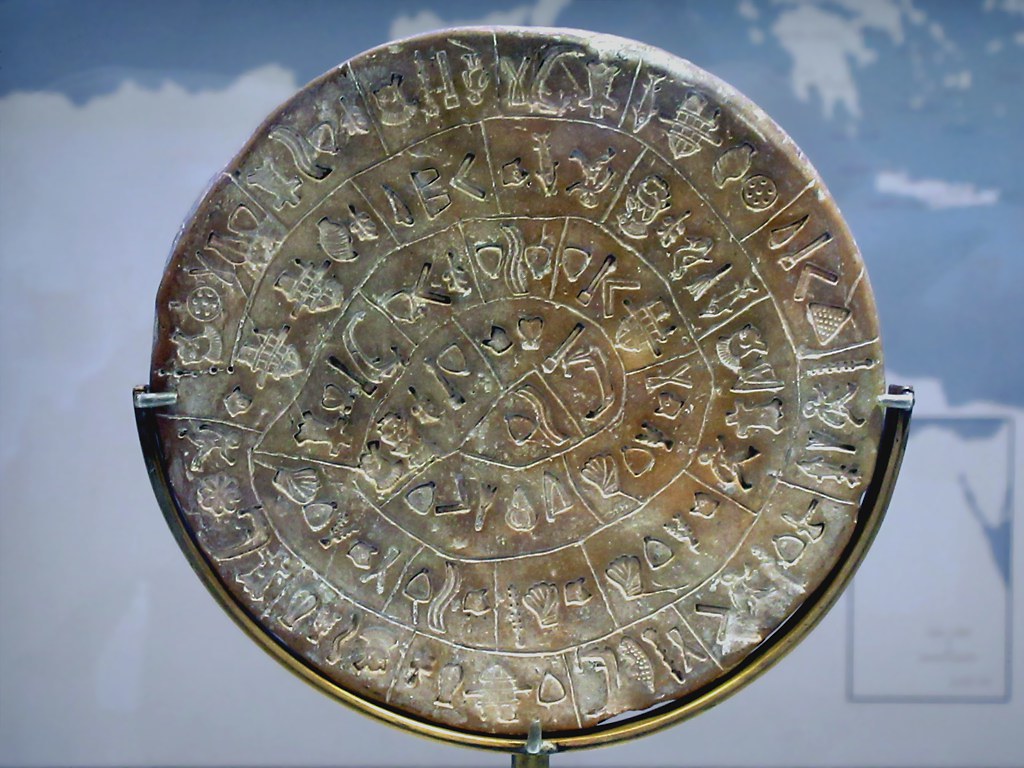
In 1908, Italian archaeologist Luigi Pernier made a discovery that would puzzle researchers for over a century. In 1908, an Italian archaeologist ventured into the ruins of Phaistos, an ancient Minoan palace on the south coast of Crete. In an underground temple depository, among burnt bones, dust and ashes, he found a remarkably intact golden-hued disc. The discovery is known as one of the most famous mysteries in archaeology: the Phaistos Disc. This isn’t just any ancient artifact – it’s a clay disc covered with 241 mysterious symbols arranged in a spiral pattern. The Phaistos Disc is a disk of fired clay from the Minoan palace of Phaistos on the island of Crete, possibly dating to the middle or late Minoan Bronze Age (second millennium BC). The disk is about 15 cm (5.9 in) in diameter and covered on both sides with a spiral of stamped symbols. Recently, linguist Dr. Gareth Owens claimed in 2024 to have deciphered 99 percent of its content, but the broader academic community remains cautious. The unique nature of the disc, combined with the absence of additional similar artifacts, makes definitive verification challenging. As a result, while intriguing theories exist, the mystery of the Phaistos Disc’s true meaning continues to be a topic of debate and research.
The Hungarian Puzzle – The Rohonc Codex
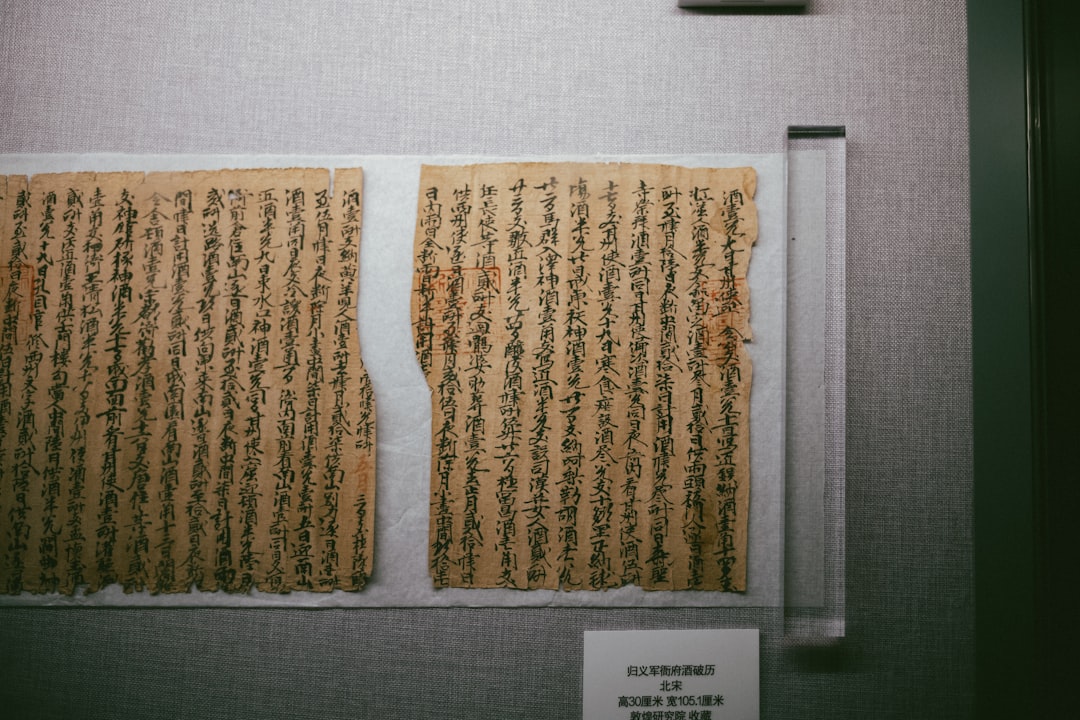
Tucked away in the Hungarian Academy of Sciences lies a book that has stumped codebreakers for nearly two centuries. The Rohonc Codex, an unidentified text discovered in Hungary, has captivated scholars for over two centuries with its enigmatic script. Believed to be from the medieval period, the Codex contains a mysterious language resembling Old Hungarian script. With 448 pages of indecipherable text and a high number of symbols surpassing any known alphabet, the origin, authorship, and purpose of the Codex remain unknown. Here’s what makes it absolutely fascinating: unlike most ancient mysteries, this one might be relatively recent. The watermarked paper within the Codex suggests a date range of 1529–1540, but the actual writing may predate this period, adding to its mysterious nature and intrigue. The main cause of this failure may be the fact, as we reveal, that the writing is not a substitution cipher (or “ancient alphabet”) as most researchers presupposed but is in fact a code system with features that no codebreaker would expect, the breaking of which is an extremely heuristic task. It’s like someone created the ultimate escape room puzzle and then forgot to leave any clues.
The Lost Language of Crete – Linear A
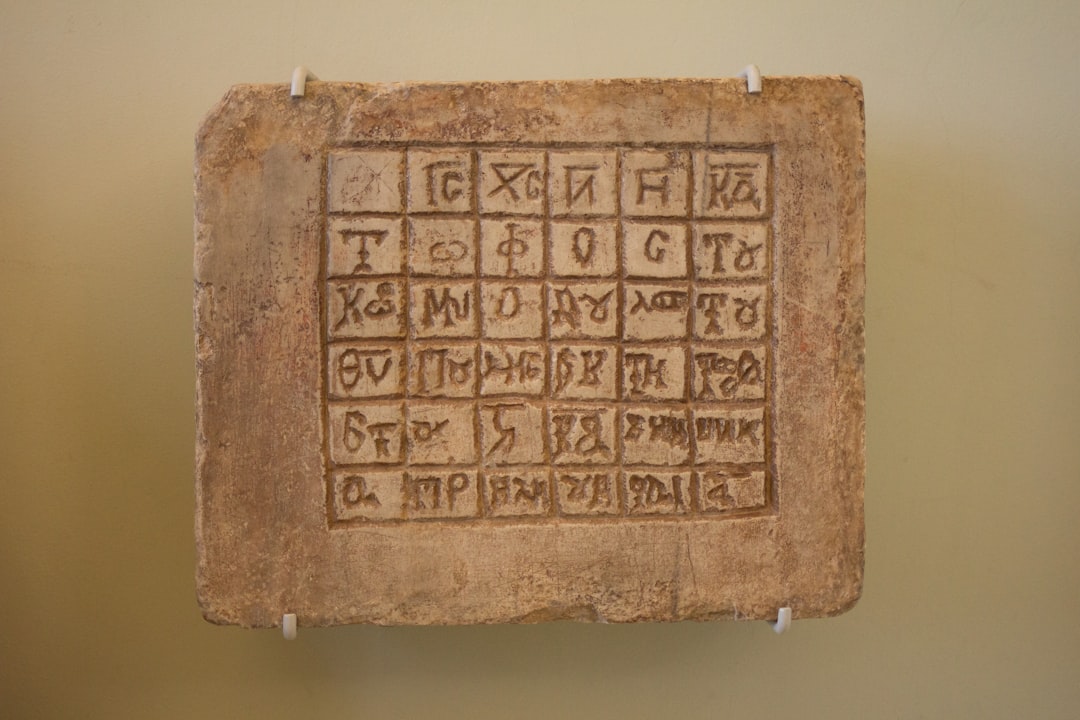
While Linear B was successfully deciphered in the 1950s and revealed early Greek texts, its mysterious cousin Linear A continues to baffle scholars. In 1893, British archaeologist Sir Arthur Evans purchased some ancient stones with mysterious inscriptions on them at a flea market in Athens. On a later trip to the excavations at Knossos on the island of Crete, he recognized one of the symbols from his stones and began a study of the engraved tablets being uncovered at various sites on the island. He discovered two different systems, which he called Linear A and Linear B. The latter was deciphered in the early 1950s (it turned out to represent an early form of Greek), while Linear A has still not been deciphered. A script used between about 1800 and 1450 BC on Crete. Linear A is possibly related to Linear B but the language it was used to write is not known. It’s like having the key to one locked door but finding another identical door right next to it that your key simply won’t open. The Minoan civilization that created Linear A vanished, taking their language with them and leaving us with tantalizing glimpses of a lost world.
The Indus Valley Enigma – Humanity’s Lost Script
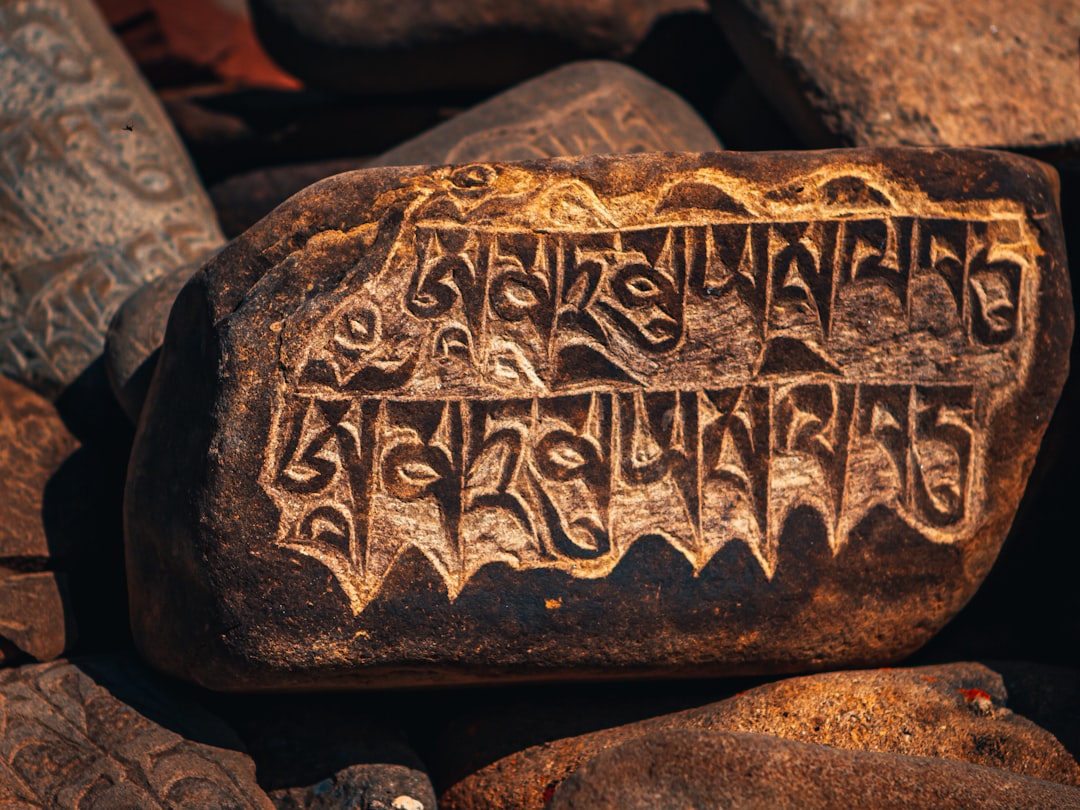
Picture one of the world’s most advanced ancient civilizations – the Indus Valley people – who built sophisticated cities with advanced drainage systems and standardized weights. The Indus Valley civilization was one of the most advanced in the world for over 500 years. More than 1000 settlements sprawled across 250,000 square miles of what is now Pakistan and northwest India from 2600 BCE to 1900 BCE. It had several large, well-planned cities like Mohenjo-daro, common iconography, and a script no one has been able to understand. The Indus Script is a collection of symbols found on artifacts from the Indus Valley Civilization, which thrived from approximately 2500 to 1700 BC in the Indian subcontinent. The symbols, consisting of around 400 known signs, are often pictorial in nature and have been found on a variety of objects, including seals, pottery, and tablets. Some symbols depict animals, plants, and everyday objects, while others are more abstract in form. Despite extensive research, the Indus Script remains undeciphered, and there is an ongoing debate among scholars about whether it constitutes a language. The cruel irony? We have thousands of examples of their writing, but without a Rosetta Stone, it’s like trying to solve a massive jigsaw puzzle where every piece looks important but we can’t see the bigger picture.
The Proto-Elamite Mystery – Iran’s Ancient Secrets
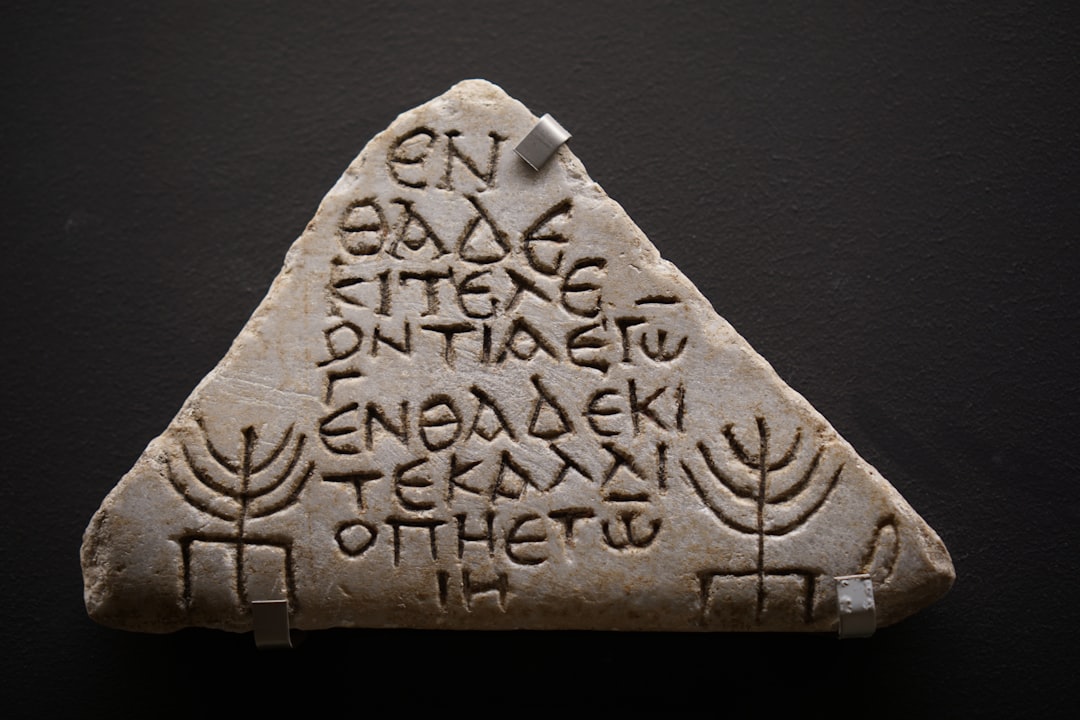
Long before Persia became famous, there was Elam – an ancient civilization that created one of the world’s earliest writing systems. A script which first appeared in about 2900 BC in Suse (Susa), the capital of Elam, in south-western Persia (modern Iran). It has yet to be deciphered and the language it represents in unknown. The Proto-Elamite script represents humanity’s third-oldest writing system, after Sumerian and Egyptian hieroglyphs. What makes this particularly intriguing is that we’re dealing with administrative records – think ancient accounting books and inventory lists. You’d expect these to be straightforward, but they’re anything but. Proto-Elamite script, c. 3200 BC. These aren’t epic poems or religious texts; they’re the equivalent of grocery lists and business receipts that somehow became humanity’s most challenging puzzles. It’s like finding your great-great-grandmother’s shopping list written in code that nobody today can understand.
The Byblos Syllabary – Lebanon’s Lost Letters
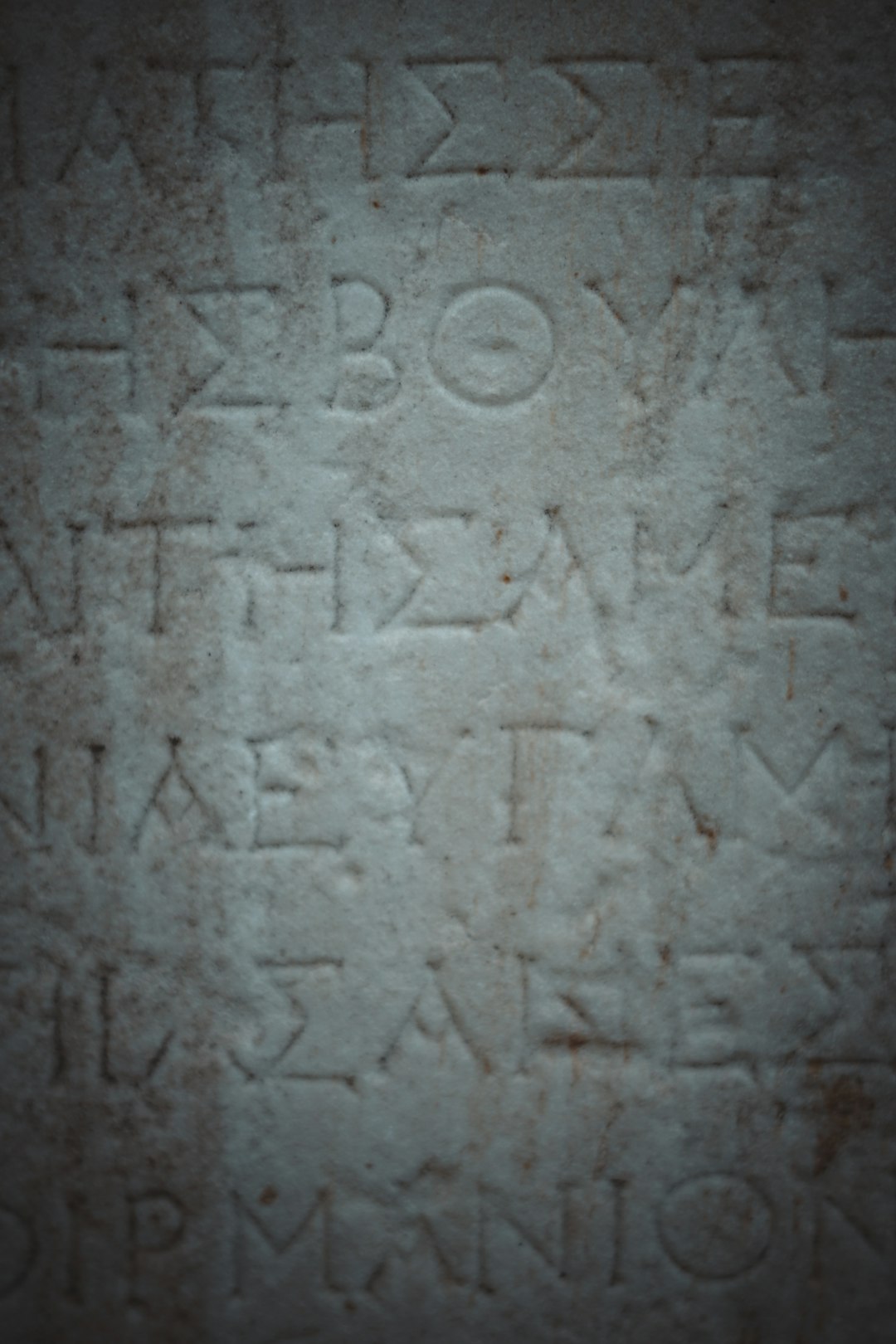
The ancient Phoenician city of Byblos, famous for giving us the word “Bible,” harbors another mystery that’s far less well-known. Byblos syllabary – the city of Byblos, c. 1700 BC. This undeciphered script was discovered inscribed on bronze tablets and represents a unique writing system that doesn’t match any known Phoenician or other Semitic scripts. What’s particularly maddening about the Byblos syllabary is that we know exactly where it comes from – a city that was a major hub of ancient Mediterranean trade. You’d think a place that had so much contact with other cultures would have left us some kind of bilingual text or clue, but it’s as if the people of Byblos deliberately decided to take their secrets to the grave. The inscriptions seem to deal with royal or religious matters, making them potentially incredibly valuable for understanding ancient Middle Eastern civilization. Yet here we are, nearly a century after their discovery, still scratching our heads.
The Wadi el-Hol Inscriptions – Egypt’s Proto-Alphabetic Puzzle
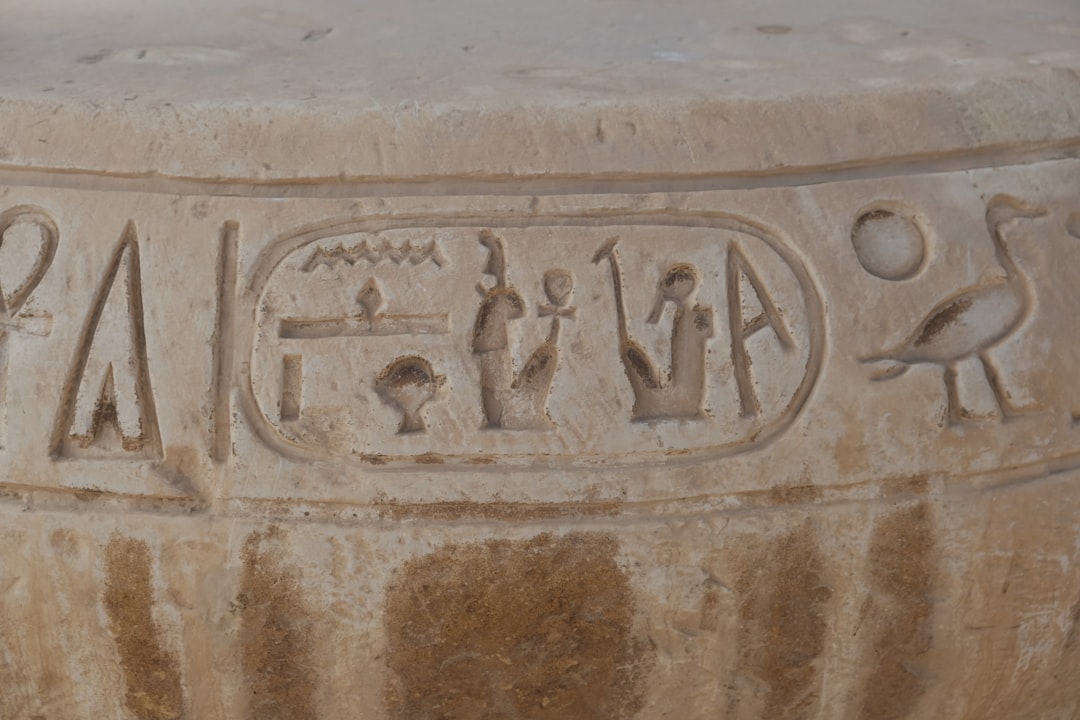
Hidden in the Egyptian desert, carved into limestone cliffs, are inscriptions that might represent the missing link in the evolution of our alphabet. Wadi el-Hol inscriptions – Found in Egypt, c. 1800 BCE – 1900 BCE, and resembles Proto-Sinaitic script. These mysterious carvings were discovered in 1999 and have been tentatively dated to around 1800 BCE, making them potentially among the earliest alphabetic writings ever found. What makes these inscriptions absolutely fascinating is that they might bridge the gap between Egyptian hieroglyphs and the alphabet you’re reading right now. Think about it – every letter you see on this page might have evolved from these cryptic desert scrawls. The inscriptions appear to be graffiti left by Semitic-speaking people, possibly soldiers or workers, who adapted Egyptian symbols to write their own language. But despite decades of study, we still can’t read them with certainty. It’s like having the Rosetta Stone of alphabets, but the translation keeps slipping through our fingers.
The Vinča Symbols – Europe’s Prehistoric Writing
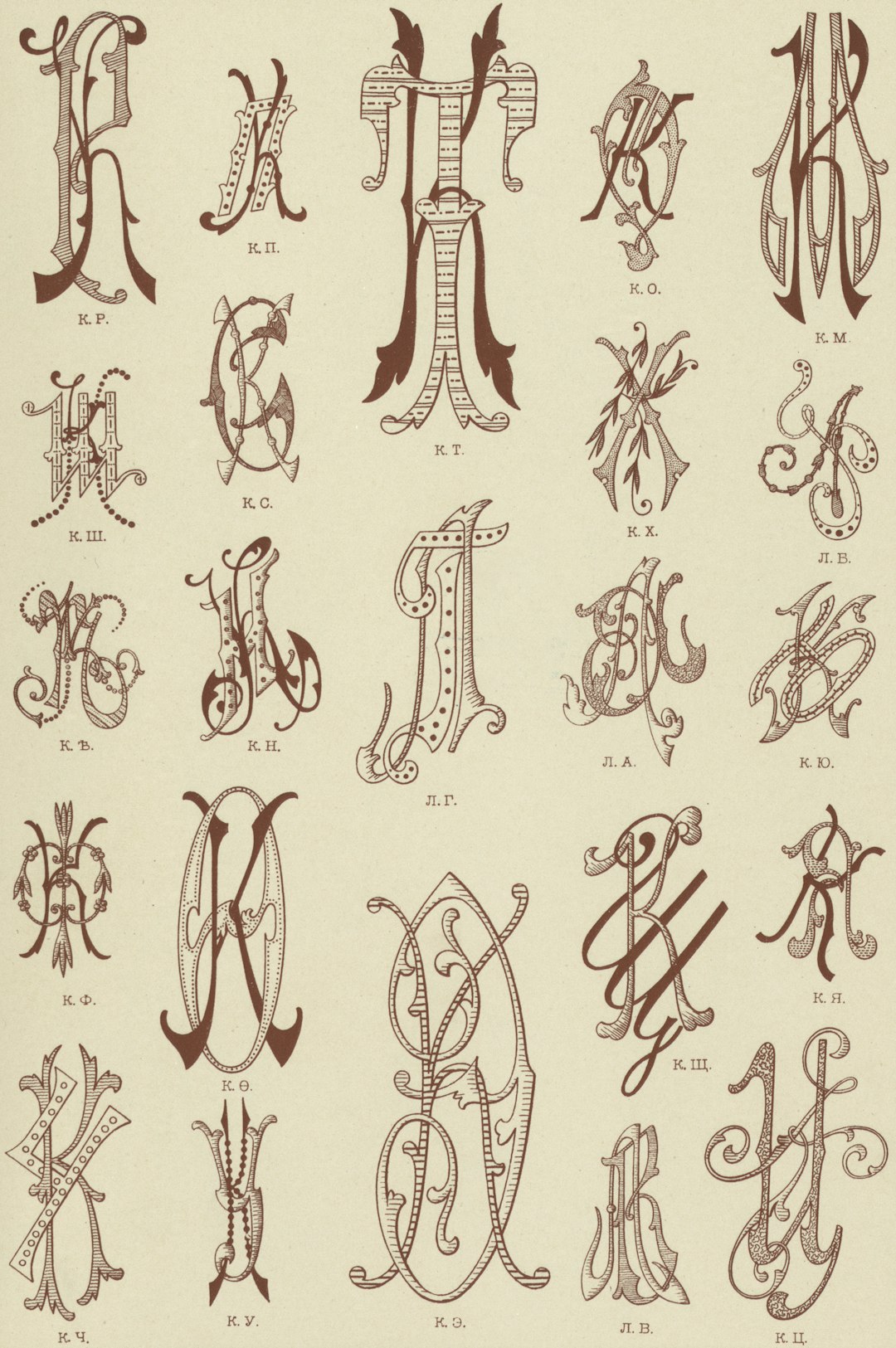
Deep in the Balkans, at archaeological sites dating back over 7,000 years, researchers have uncovered what might be Europe’s oldest writing system. The Vinča symbols represent one of the most controversial mysteries in archaeology because they challenge everything we thought we knew about the development of writing. The difficulty in deciphering these systems can arise from a lack of known language descendants or from the languages being entirely isolated, from insufficient examples of text having been found and even (such as in the case of Vinča) from the question of whether the symbols actually constitute a writing system at all. Here’s the mind-bending part: if these symbols really do represent writing, they predate Sumerian cuneiform by thousands of years. That would mean Europeans were writing before the Mesopotamians, completely rewriting the textbook on human civilization. The symbols appear on pottery, figurines, and other artifacts throughout southeastern Europe. Some scholars argue they’re just decorative marks or religious symbols, while others insist they represent a true writing system. The debate has raged for decades, with no clear resolution in sight.
The Jiahu Symbols – China’s Ancient Mystery
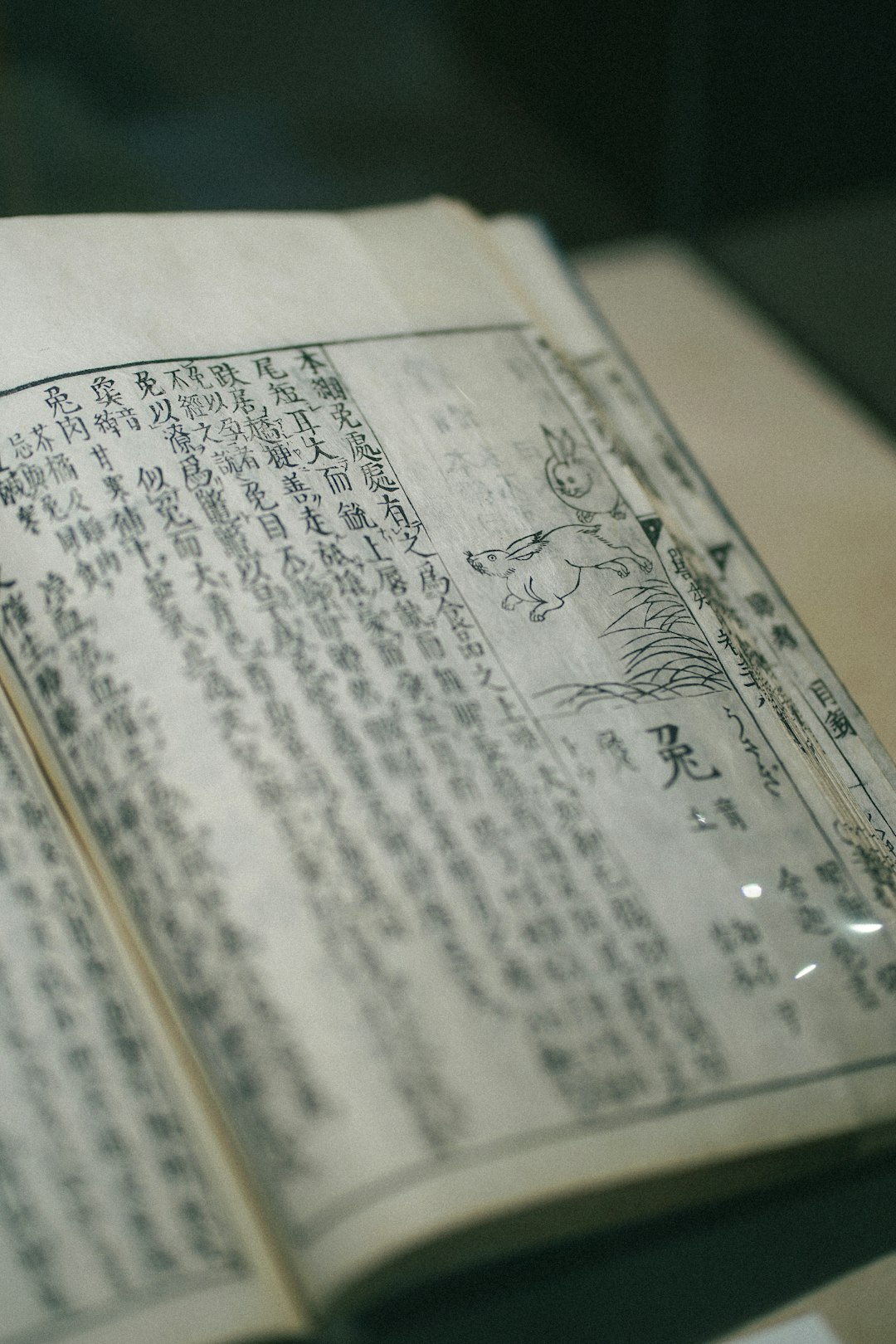
In the Yellow River valley of China, archaeologists have discovered symbols that might push back the origins of Chinese writing by thousands of years. Jiahu symbols – Peiligang culture, from China, c. These enigmatic markings were found on tortoise shells and pottery at the Jiahu site, dating to around 6600 BCE. What makes these symbols particularly intriguing is their potential connection to later Chinese oracle bone script – the earliest confirmed Chinese writing system. Some researchers have identified similarities between certain Jiahu symbols and characters used in oracle bone inscriptions thousands of years later. If this connection is real, it would suggest that Chinese writing has roots far deeper than anyone previously imagined. However, like so many of these mysterious scripts, the Jiahu symbols remain stubbornly undeciphered. We’re looking at what could be humanity’s earliest attempt at written communication, but we can’t understand a single symbol. It’s like finding the first rough draft of human thought, written in a language that time forgot.
The Khitan Scripts – Mongolia’s Lost Languages
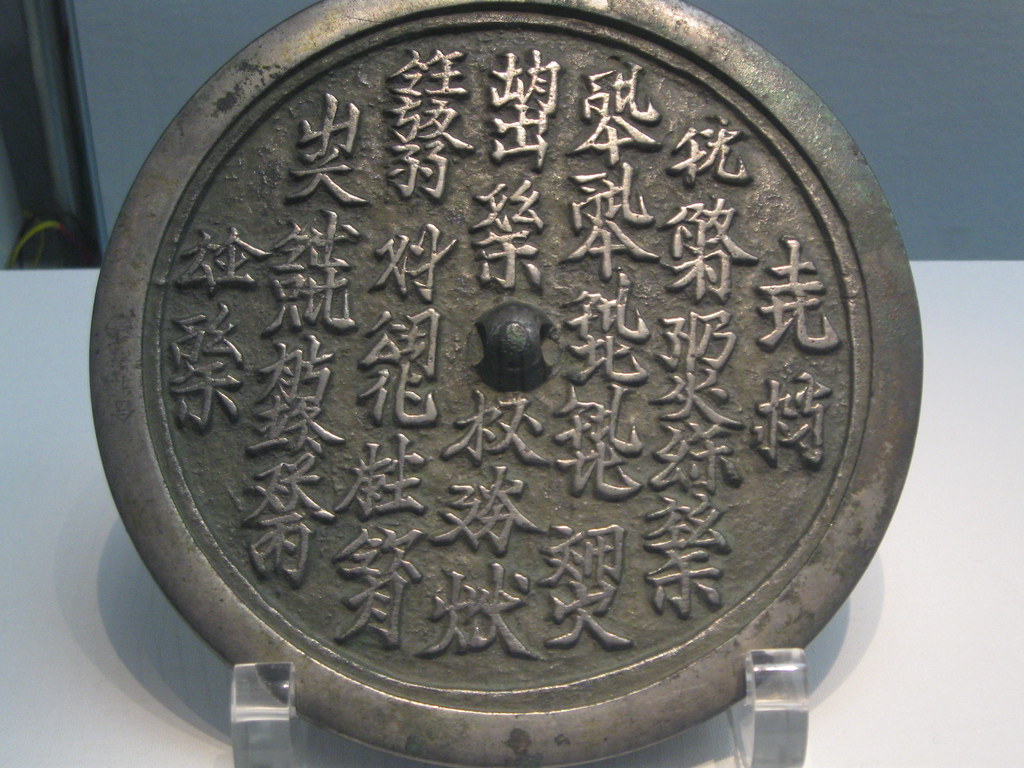
In the grasslands of Mongolia and northern China, the Khitan people once ruled a powerful empire that rivaled the Song Dynasty. They left behind two distinct writing systems that continue to puzzle scholars today. Khitan large script and Khitan small script – Khitan, 10th century, not fully deciphered. The Khitan large script uses Chinese-style characters but represents a completely different language, while the small script appears to be more phonetic. Here’s what makes this mystery particularly poignant: we know quite a bit about Khitan history from Chinese sources, but we can’t read their own words about themselves. It’s like having a detailed biography of someone written by their neighbors, but their own diary remains locked away. Some progress has been made – researchers have identified certain words and phrases – but full decipherment remains elusive. The Khitan scripts remind us that even relatively recent mysteries can be just as challenging as ancient ones. These aren’t Bronze Age enigmas; they’re medieval puzzles that should theoretically be easier to solve, yet they continue to resist our best efforts.
Modern Attempts and Future Hope
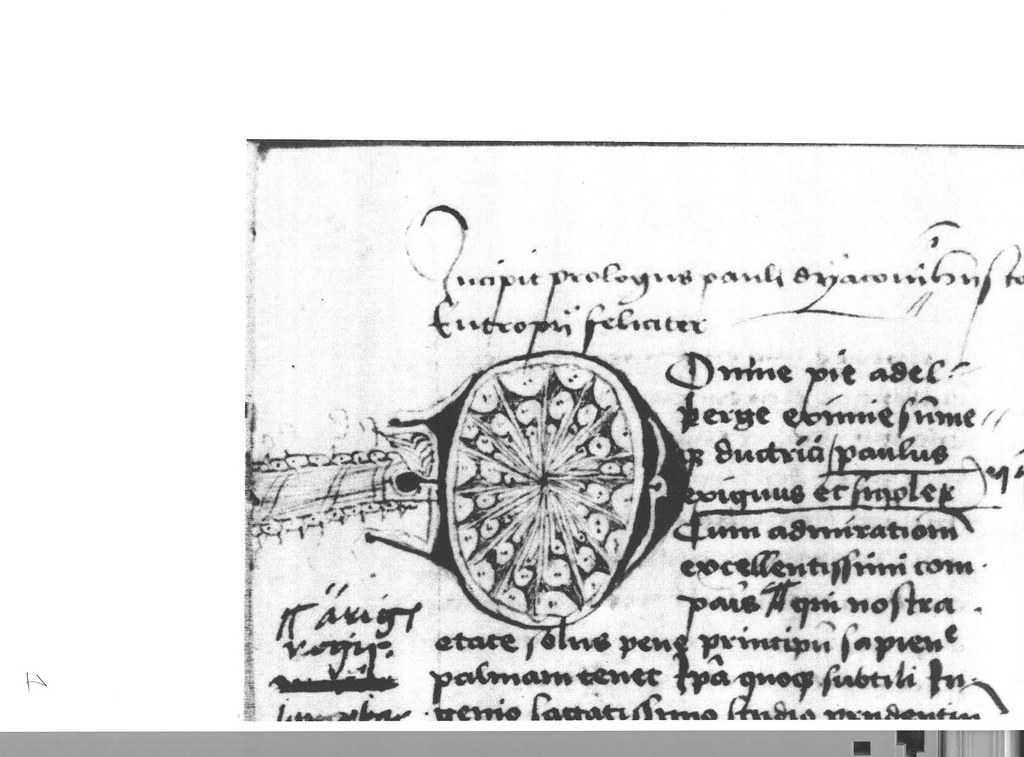
Today’s codebreakers have tools that ancient linguists could never have imagined – supercomputers, artificial intelligence, and advanced statistical analysis. Yet these mysterious books continue to guard their secrets jealously. A researcher studying multispectral images of the famous Voynich Manuscript has identified previously hidden columns of letters on its first page. The three columns—two bearing letters of the alphabet and one of unreadable “Voynichese” characters—appear to have been added by one of the manuscript’s early owners to decrypt its mysterious writing. Every few years, someone claims to have cracked one of these codes, usually generating headlines before the academic community politely points out the flaws in their methodology. It is not enough to accept a Voynich ‘solution’ on the word of the author, even if published in a peer-reviewed outlet. I tried several years ago to reproduce Cheshire’s Voynich results, because initially I was intrigued. But when you apply his Roman-letter substitutions and then try to translate the result, you have no choice but to be subjective. It’s gibberish. The methodology falls apart. But don’t lose hope – new technologies like machine learning and quantum computing might finally give us the keys to these literary treasure chests. The race to decode these mysteries continues, with researchers around the world applying everything from linguistic analysis to pattern recognition software.
These mysterious books aren’t just academic curiosities – they’re windows into lost worlds, forgotten civilizations, and the deepest mysteries of human communication. Every symbol represents a thought that someone desperately wanted to preserve, a message that has been waiting centuries or even millennia for the right person to come along and finally understand. What secrets do you think they’re hiding?

